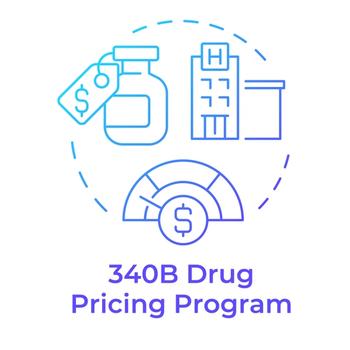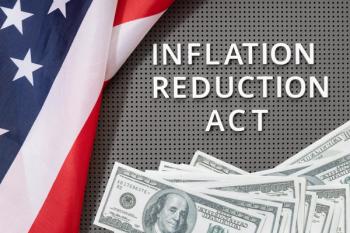
Amoxicillin in Shortage Due to Increased Demand
Several suppliers of the widely-used antibiotic have limited or no availability of some formulations.
After healthcare providers have been challenged with supply in recent weeks, the FDA officially listed amoxicillin oral powder for suspension in
The widely-used antibiotic — particularly for a multitude of pediatric infections — is in short supply from several companies due to increased demand, the agency noted.
Sandoz has limited or no availability for almost all formulations of amoxicillin, the FDA reported, while Aurobindo USA and Teva have product “on allocation.”
The American Society of Health-Systems Pharmacists’
“This shortage is a challenging one as some of the commonly prescribed strengths and forms of the medication are not available. Patients and providers may find that they have to call around to multiple pharmacies to find available supply,” said Michael Ganio, Pharm.D., senior director of pharmacy practice and quality at ASHP.
Sandoz is “currently facing a significant demand uptake resulting in a supply situation for some of our Sandoz antibiotic medicines (amoxicillin, amoxicillin/clavulanic acid) in the United States, Canada and selected European markets,” Leslie Pott, vice president of communications for Sandoz US, told Formulary Watch.
“We are currently confronted with a considerable increase in antibiotics demand, which is leading to a tight supply situation: at the moment we are able to meet historical demand for our antibiotics, but we are facing challenges to meet this sudden spike in demand now that the flu season is in full swing,” Pott said.
The pharma maker also realized some market dynamics from (short-term) competitor stock outs, “leading to un-forecasted high sales in our products resulting in supply challenges,” Pott added.
“The combination of rapid succession of the pandemic impact and consequent demand swings, manufacturing capacity constraints, scarcity of raw materials, and the current energy crisis means we currently face a uniquely difficult situation,” according to Pott.
While Sandoz is not able to give an estimated timeframe on when amoxicillin will be re-stocked, “we remain confident in our ability to supply these critical medicines long term and are on track to strengthen the supply reliability of our antibiotics currently low in stock,” Pott said.
“We have already seen improvements driven by significant investments to increase our output capacity and the implementation of additional working shifts. Additionally, we have worked to help the situation by extending alternatives to alleviate capacity constraints. We are also working with key stakeholders including governments to find ways to manage this critical situation,” Pott added.
While the shortage was first reported by ASHP on October 20, the FDA will only list drugs on its shortages website “once we have confirmed that overall market demand is not being met by the manufacturers of the product,” Charlie Kohler, trade press officer for FDA’s Center for Drug Evaluation and Research, told Formulary Watch.
“We regularly receive information provided by manufacturers regarding their ability to supply the market, and do not consider a product to be in shortage if one or more manufacturers are able to fully supply market demand for the product. The FDA posted this shortage now based on recent information provided to us by the manufacturers,” Kohler added.
According to ASHP, most of the products are expected to return to normal levels by the end of this year or in early January.
Newsletter
Get the latest industry news, event updates, and more from Managed healthcare Executive.




